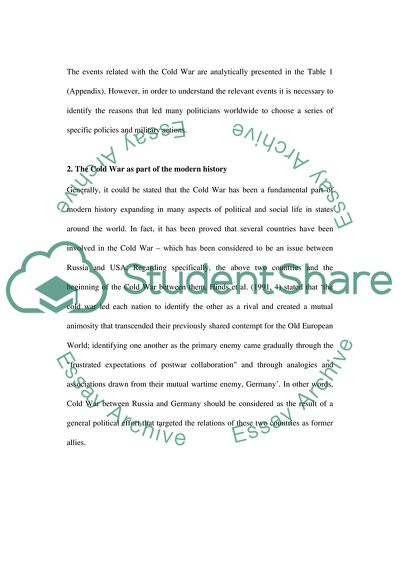Cite this document
(A Role in the Development of Cold War Term Paper, n.d.)
A Role in the Development of Cold War Term Paper. Retrieved from https://studentshare.org/history/1710862-global-issues-was-the-cold-war-inevitable
A Role in the Development of Cold War Term Paper. Retrieved from https://studentshare.org/history/1710862-global-issues-was-the-cold-war-inevitable
(A Role in the Development of Cold War Term Paper)
A Role in the Development of Cold War Term Paper. https://studentshare.org/history/1710862-global-issues-was-the-cold-war-inevitable.
A Role in the Development of Cold War Term Paper. https://studentshare.org/history/1710862-global-issues-was-the-cold-war-inevitable.
“A Role in the Development of Cold War Term Paper”. https://studentshare.org/history/1710862-global-issues-was-the-cold-war-inevitable.


